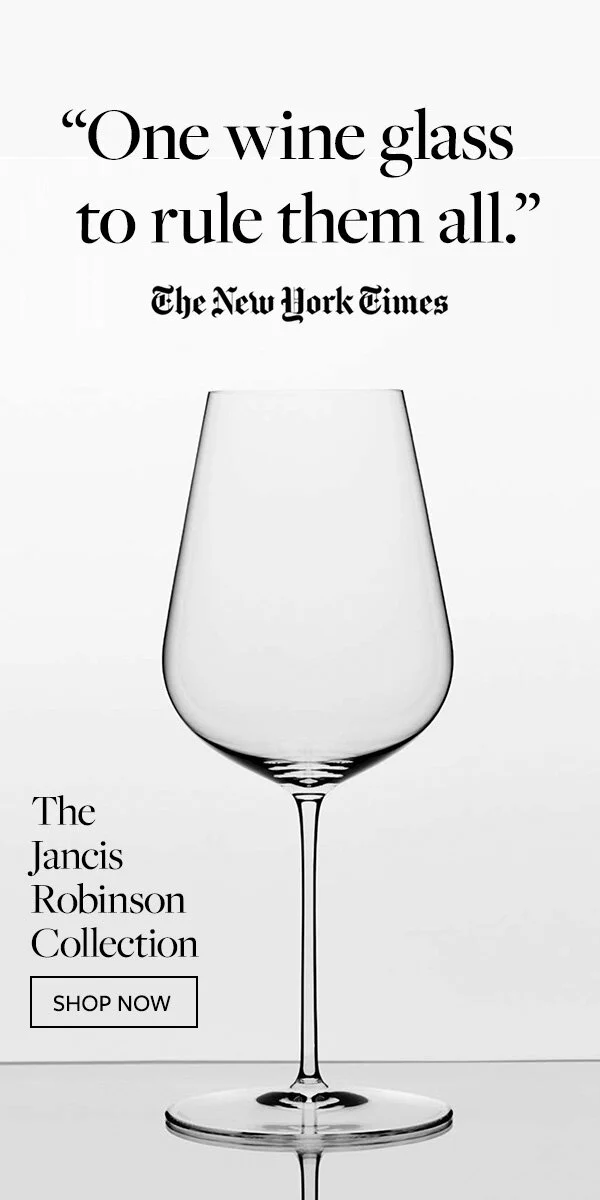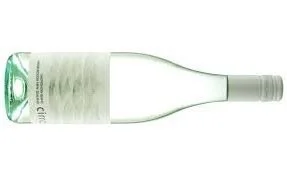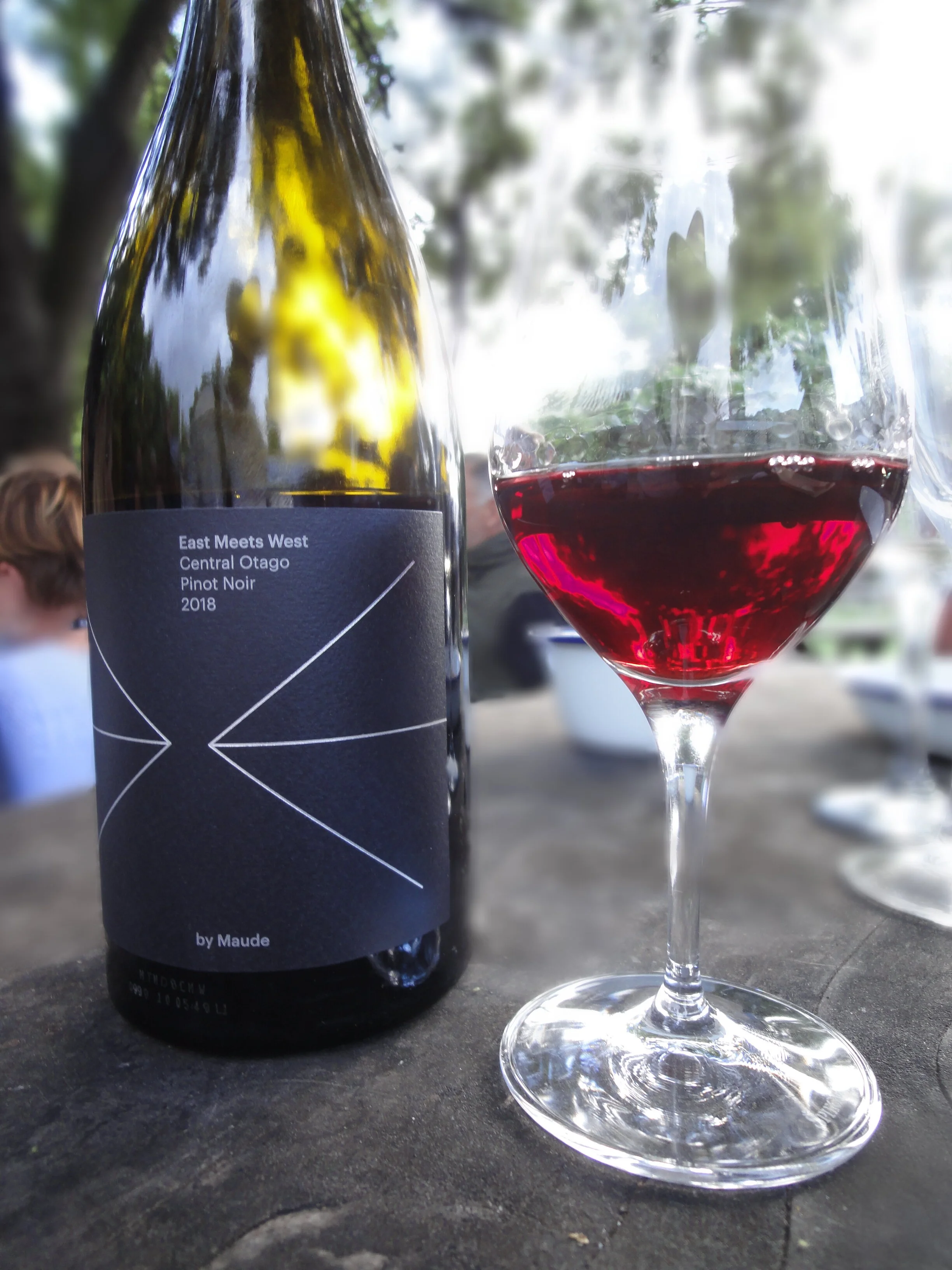The Great Grape Swap
Burn Cottage Winemaker Claire Mulholland and Grant Taylor made wine together at Gibbston Valley Wines through the late 1990s, where they not only made wines for Gibbston Valley with grapes grown around the winery, but also for a number of the region's new wineries just starting up with grapes from their vineyards spread all across Central Otago.
They were the first to see wines from these new sites within new sub-regions “I don’t think you necessarily have to be a winemaker to understand how much pleasure we got from being the very first people ever to see how these various places expressed themselves through Pinot Noir”. The idea that Central Otago is a number of different sub-regions producing different styles of Pinot Noir is something that became deeply embedded in them both from very early on.
“Those years would be without question the most exciting time for me as far as winemaking in Central Otago is concerned, and having someone to share it with, to bounce thoughts and ideas off, only made it more so”.
Claire left Gibbston Valley to step into the biggest pair of Pinot Noir-making shoes in NZ when she replaced Larry McKenna as the winemaker at Martinborough vineyards. Grant left GV to focus on Valli, making single vineyard Pinots Noir from different sub-regions, sharing with anyone interested what Claire and I had learnt. “After all, it wasn’t being done and it needed to be done”.
Fortunately for the region, Claire returned to become the winemaker for a new winery, Burn Cottage, having lost none of her enthusiasm for Central Otago in the years she was gone. Leading up to the 2014 vintage, they were having a discussion about subregions and then an idea that just seemed to appear all by itself was to make a swap, to exchange just a small amount of grapes between 1 and 2 Tonnes. The idea of working with Claire again was very appealing, as was having fruit from Lowburn or at least the part of Lowburn where Burn Cottage's vineyards are.
One of their very favourite sites was Packspur Vineyards just a km or so further along Burn Cottage Road. Grant always liked fruit from that part of Lowburn. It’s on the western side of the Cromwell basin, up against base of the Pisa Range. It loses the sun earlier than much of the Cromwell basin, so the grapes don’t bake in the late afternoon, the wines are never overripe, they keep their acidity and are more savoury in nature not just a simple fruit flavour. “They are the more elegant style of Pinot I gravitate towards”.
An exchange was made for the 2014 vintage, and has happened every year since, until this past vintage, 2020, when the restraints around Covid-19 made it logistically impossible.
For Grant and CLaire the most important thing has been working with another winery with pretty much an identical philosophy.
“That philosophy is to make the very best wine possible from each site allowing the site to express itself, and then to present wines that in price express only their cost of production”.




















